8 Royal Marriages That Went Horribly Wrong
Explore eight historic royal marriages that disastrously failed expectations.
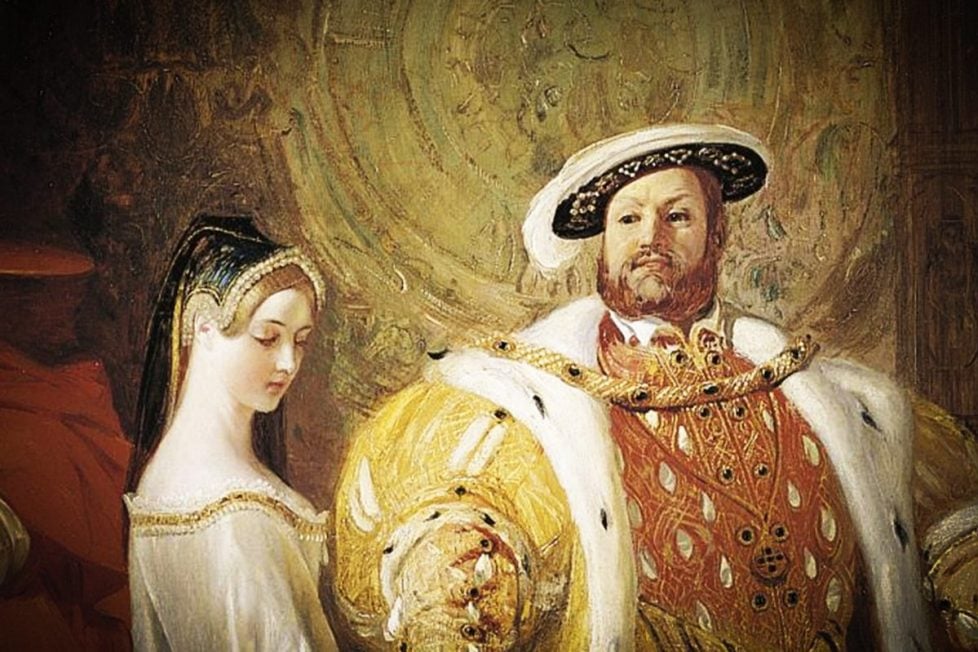
Explore eight historic royal marriages that disastrously failed expectations.

Table of Contents
ToggleFor centuries, royal marriages were arranged as affairs of statecraft, as nations gained alliances or other political advantages by joining noble houses. Even within nations, the marriage of a monarch could establish a new order and change history. Yet things often went wrong. Sometimes extraordinarily wrong. Here are some examples of absolutely disastrous royal marriages.
The most famous royal marriage gone horribly wrong was the disruptive union between Henry VIII and his second wife, Ann Boleyn. Fascinated by pretty young Anne, Henry wanted to divorce Catherine of Aragon. The Pope would not allow it. So Henry broke from the Catholic Church, forever changing the course of English history.
Henry’s great disappointment with his first wife was their failure to produce a male heir. And when he had a child with Anne, the future Elizabeth I, he was again disappointed. Before long Henry had his eye on other women and Anne was charged with of adultery, incest and treason.
On the morning of May 19, 1536 an executioner brought over from France decapitated Anne. Henry would have four more wives (another besides Anne was decapitated, one died following childbirth, one somehow survived by having their marriage annulled, and the last became his widow).
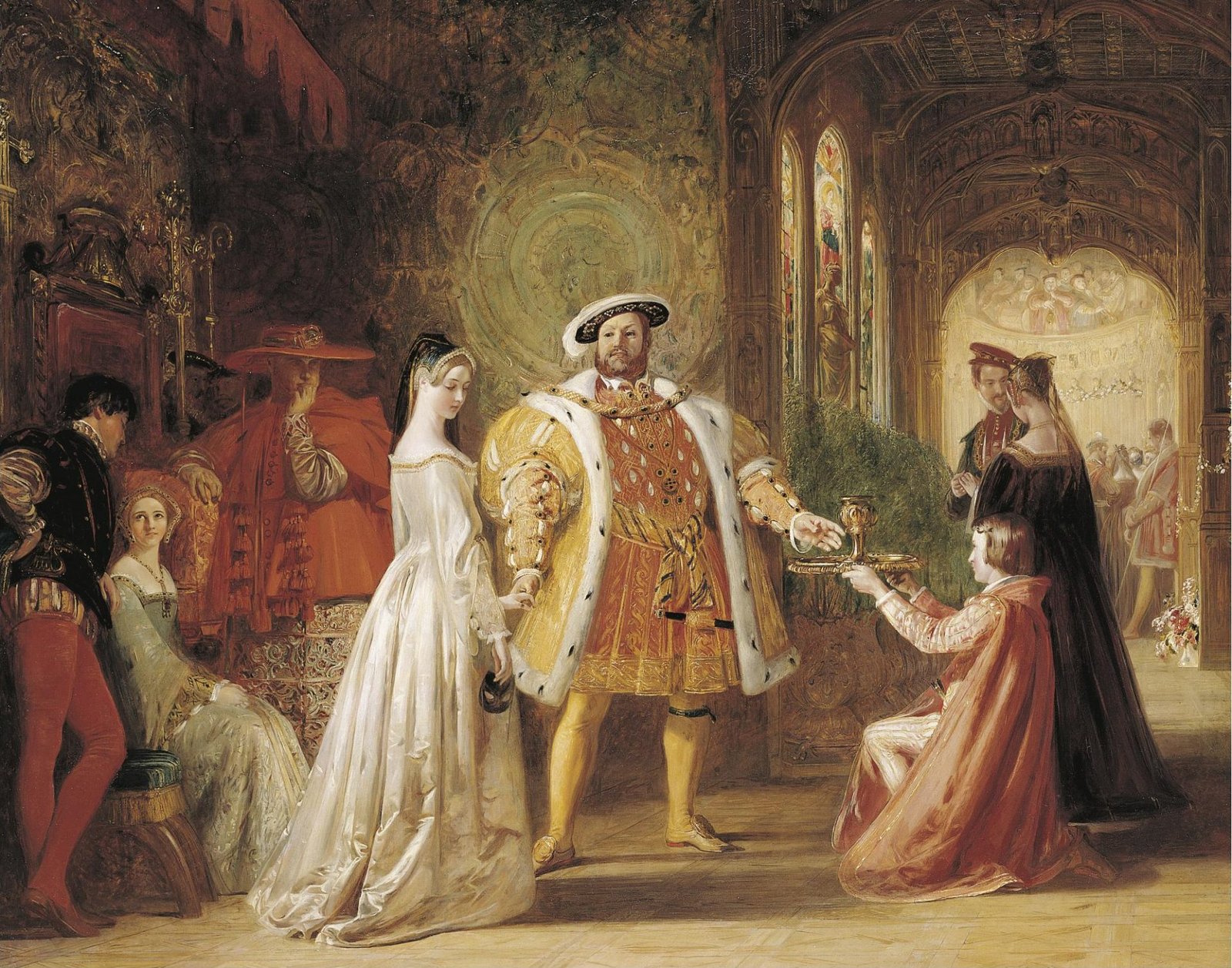
The modern era produced one storybook wedding viewed by millions around the world, and of course it turned into a disaster splashed across the front pages of the tabloids. The heir to the British throne needed a suitable bride, and Lady Diana Spencer, a young and pretty member of an aristocratic dynasty, seemed the ideal choice.
Diana was young, just 19 when they became engaged. Charles, a dozen years older, was enamored with an old friend, Camilla Parker-Bowles. When Charles and Diana walked down the aisle of St. Paul’s Cathedral in July 1981 all seemed blissful and romantic. But the couple could seem distant in public, and rumors of lovers would become fodder for the tabloids.
The royal couple separated in 1992, and divorced in 1996. Diana died tragically in 1997, and Charles and Camilla, the present King and Queen, married in 2005.
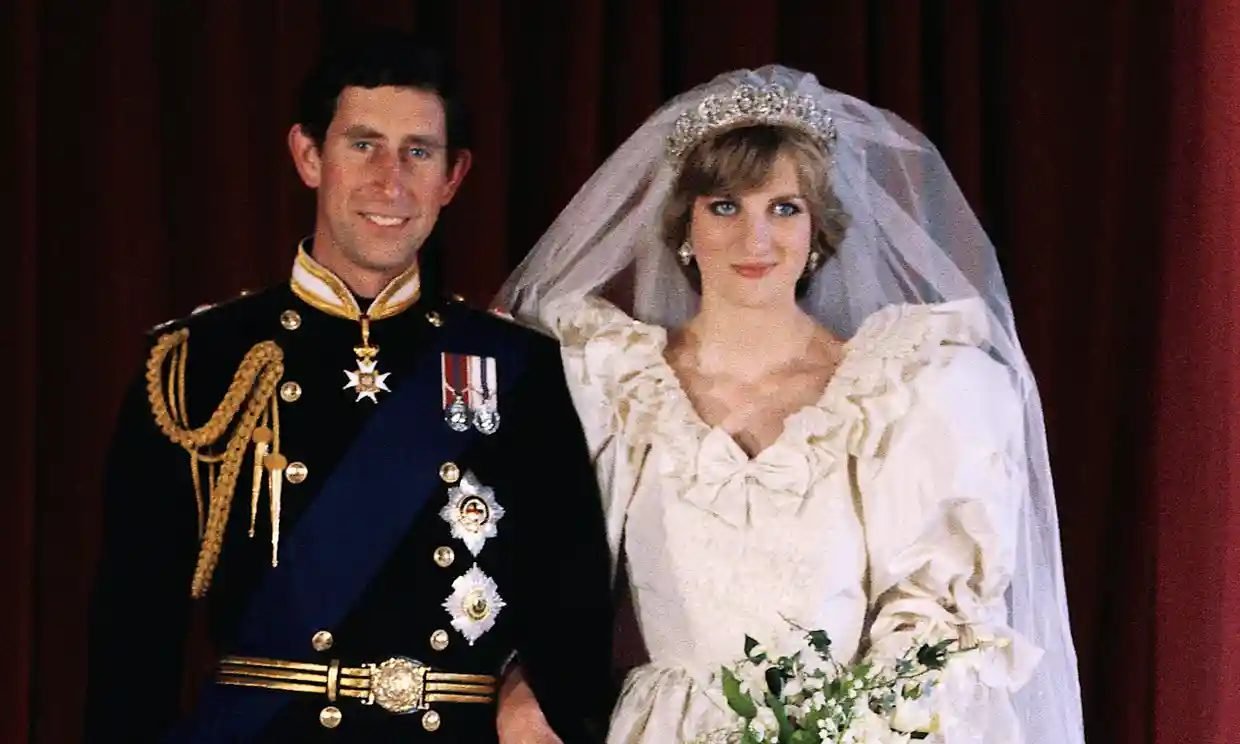
Napoleon and Josephine exist in the public imagination as a classic couple, yet their marriage was often stormy. In fairness, they both led unusual lives in complicated times. Napoleon, born in Corsica, excelled at the French military academy, and began his rise to great power during the French Revolution.
Josephine had grown up on the French island of Martinique in the Caribbean. At 16 she married a French nobleman and moved to Paris. The couple split after having two children. In the early 1790s she was living in Paris, somehow navigating upward in perilous revolutionary society when she met Napoleon, who was entranced by her.
They married in a civil ceremony in 1796. Rumors of her affairs strained the marriage, as did her extravagant spending as well as her inability to provide Napoleon. In 1810 Napoleon had the marriage annulled. Josephine lived on a pension, and Napoleon, after Waterloo, went off into exile.
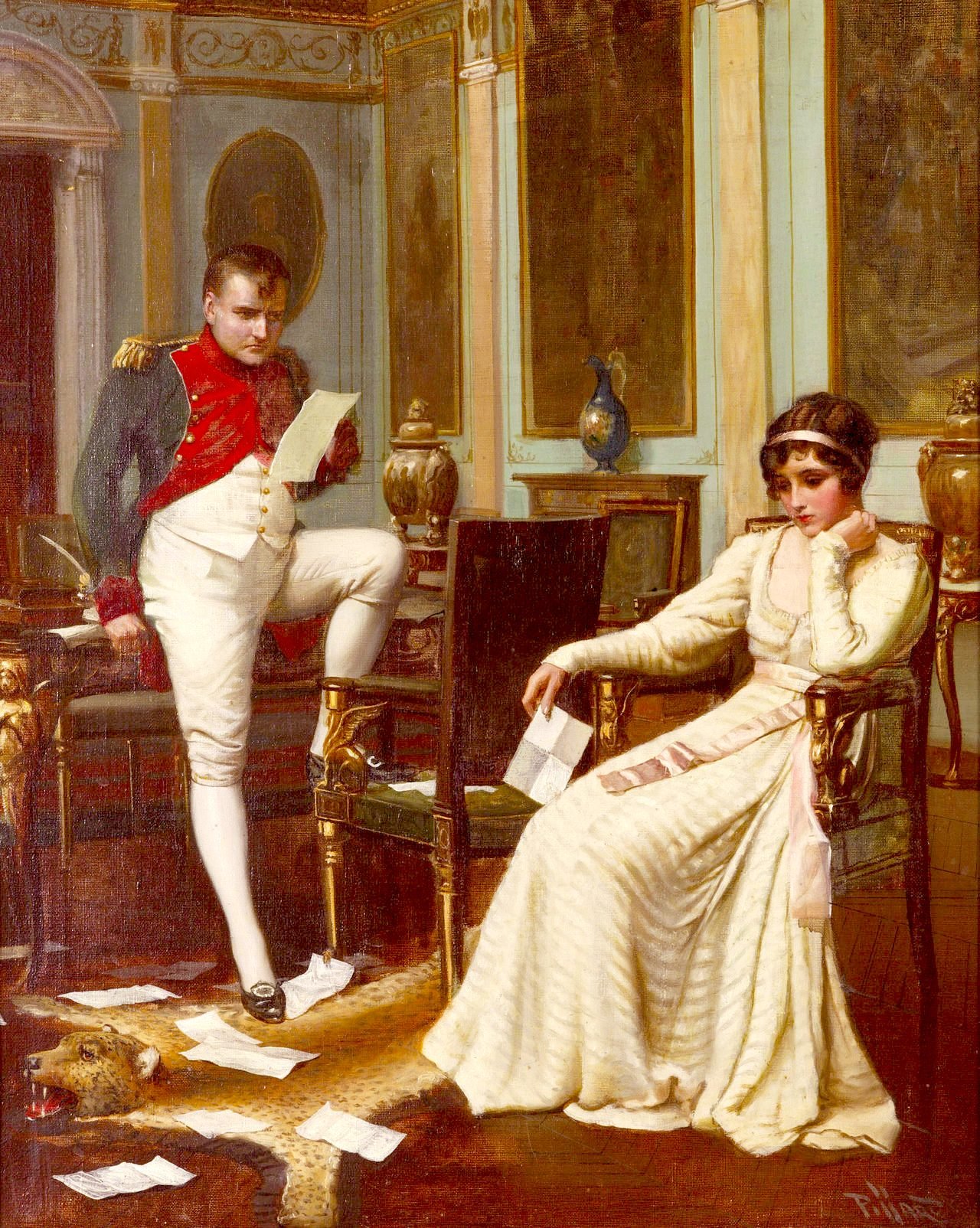
The union of two teens, a young German-born duke and a German princess, was an arranged match that became a deadly game for the Russian throne in the mid-1700s. Peter was more interested in playing with toy soldiers than consummating his marriage. Catherine, fearing for her life in the turbulent politics of Russia, plotted to ensure her own survival.
In 1762 Peter became Emperor of Russia. He began making abrupt changes in policy which rubbed powerful factions the wrong way. And his wife was only too happy to help plot his overthrow. Six months after taking power, Peter was placed under arrest. He died under mysterious circumstances. Murder was strongly suspected.
With the support of the military, Catherine took the Russian throne and consolidated her hold on it. She would reign from 1762 to 1796 and would be known to history as Catherine the Great.
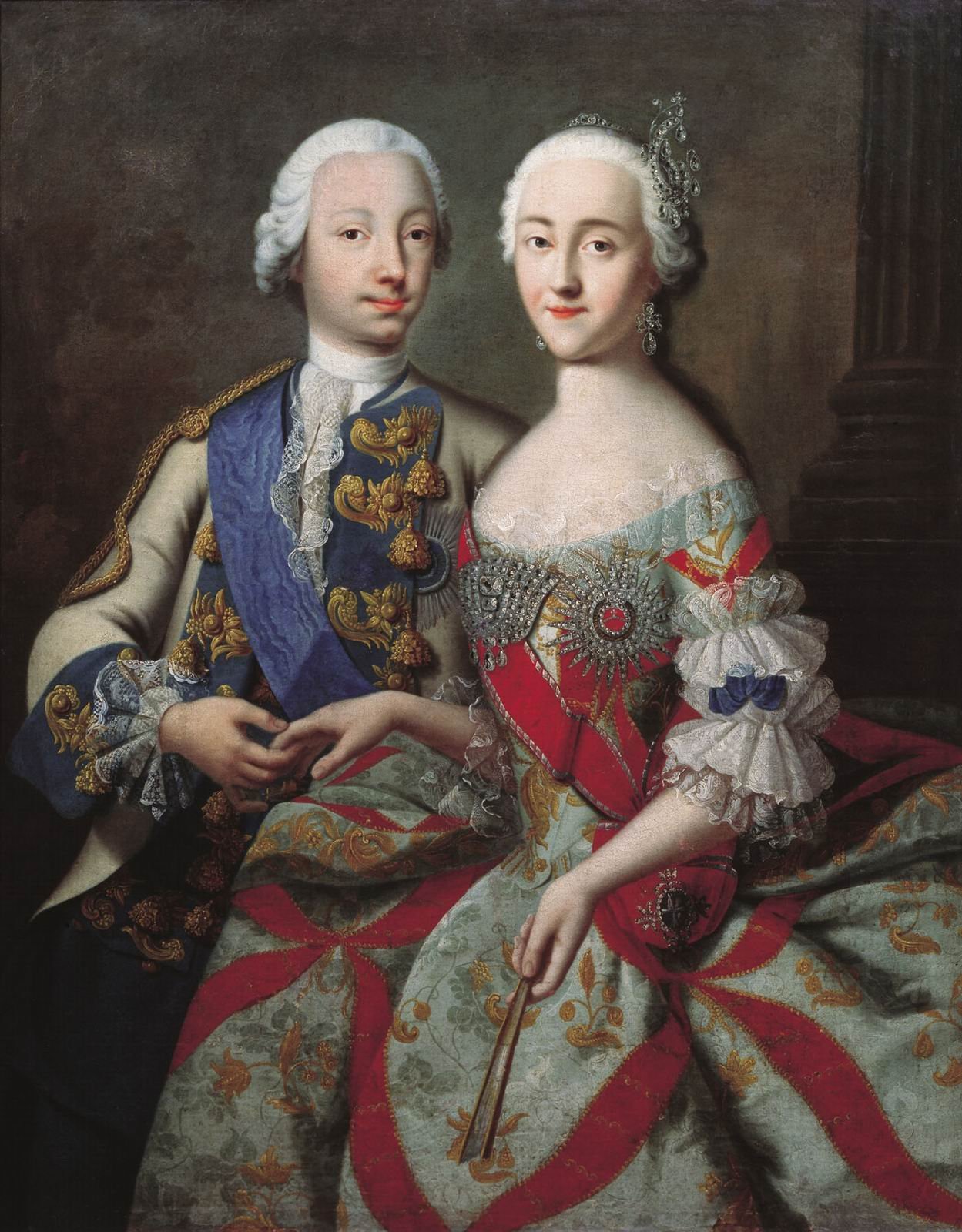
The 1770 arranged wedding between the 16-year-old dauphin of France and the 15-year-old daughter of the Austrian Emperor got off to a bumpy beginning. The union wasn’t consummated for seven years, for mysterious medical (or perhaps mental) reasons. The ending was far worse: both husband and wife would be condemned to the guillotine during the French Revolution.
The couple eventually had four children, but they seemed mostly unsuited to each other. Louis had peculiar solitary hobbies, such as locksmithing. Marie Antoinette enjoyed shopping. After Louis became King of France in 1774 his wife was ridiculed by the public for his spending as well as for rumors of sexual affairs.
Louis was supportive of the American Revolution, but when revolution rocked his own country he was put on trial, convicted, and sent to the guillotine. Marie Antoinette was held prisoner for months and eventually sent to the guillotine herself.
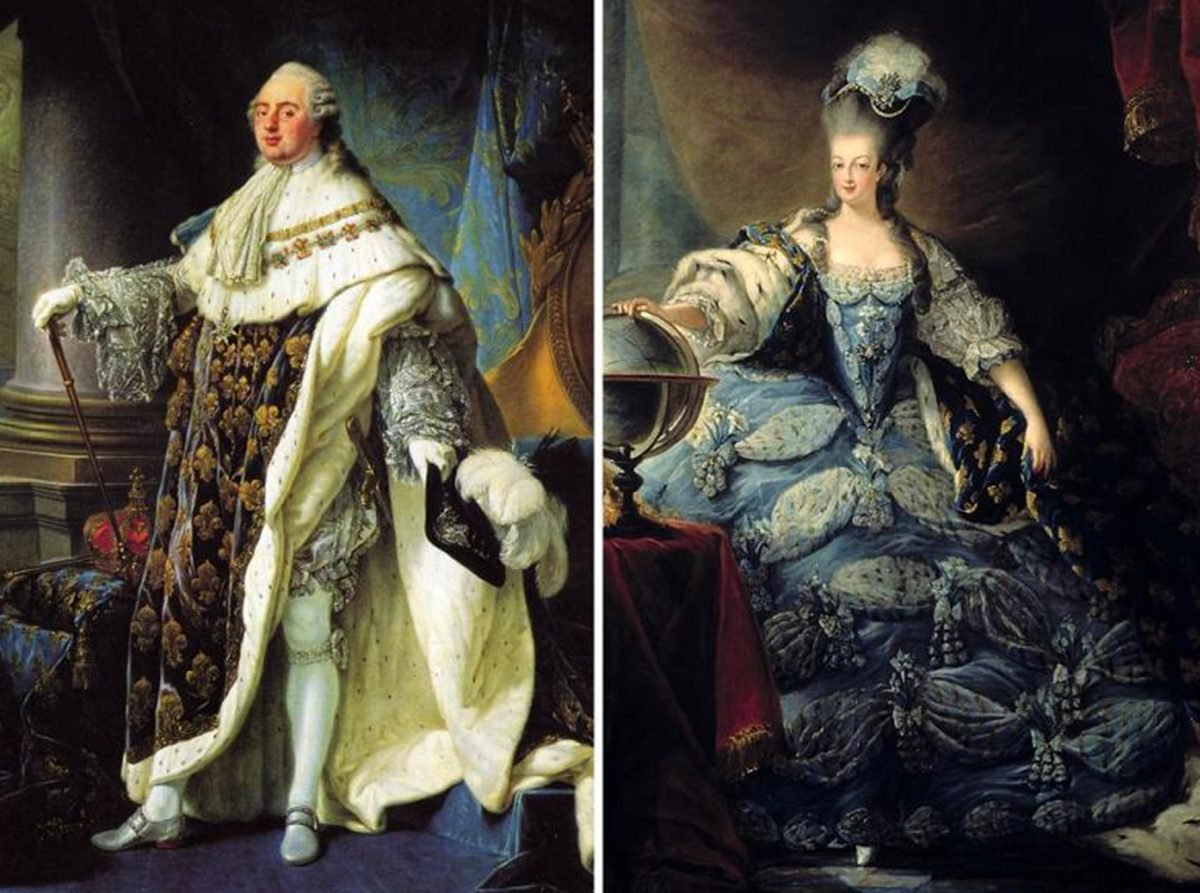
The tragic tale of Inês de Castro has resonated for nearly 700 years, inspiring poems, plays, novels, and operas. The beautiful Inês came to the royal court in the entourage of Constance, the wife of the heir to the Portuguese throne. Drama began when Prince Pedro fell in love with Inês and began to neglect his wife.
Constance died in 1349. Pedro sought to marry Inês, but his father, King Alfonso IV, deemed her unsuitable. Pedro and Inês entered into a secret marriage and had children. After the king discovered the truth, his advisers cautioned him about the future political implications of the marriage of Pedro and Inês. The King sent assassins to murder Inês.
Pedro sought vengeance. After becoming king he had the assassins of Inês killed. According to legend, he had Inês’s body exhumed and placed on a throne so courtiers could pledge allegiance to her as the true queen.
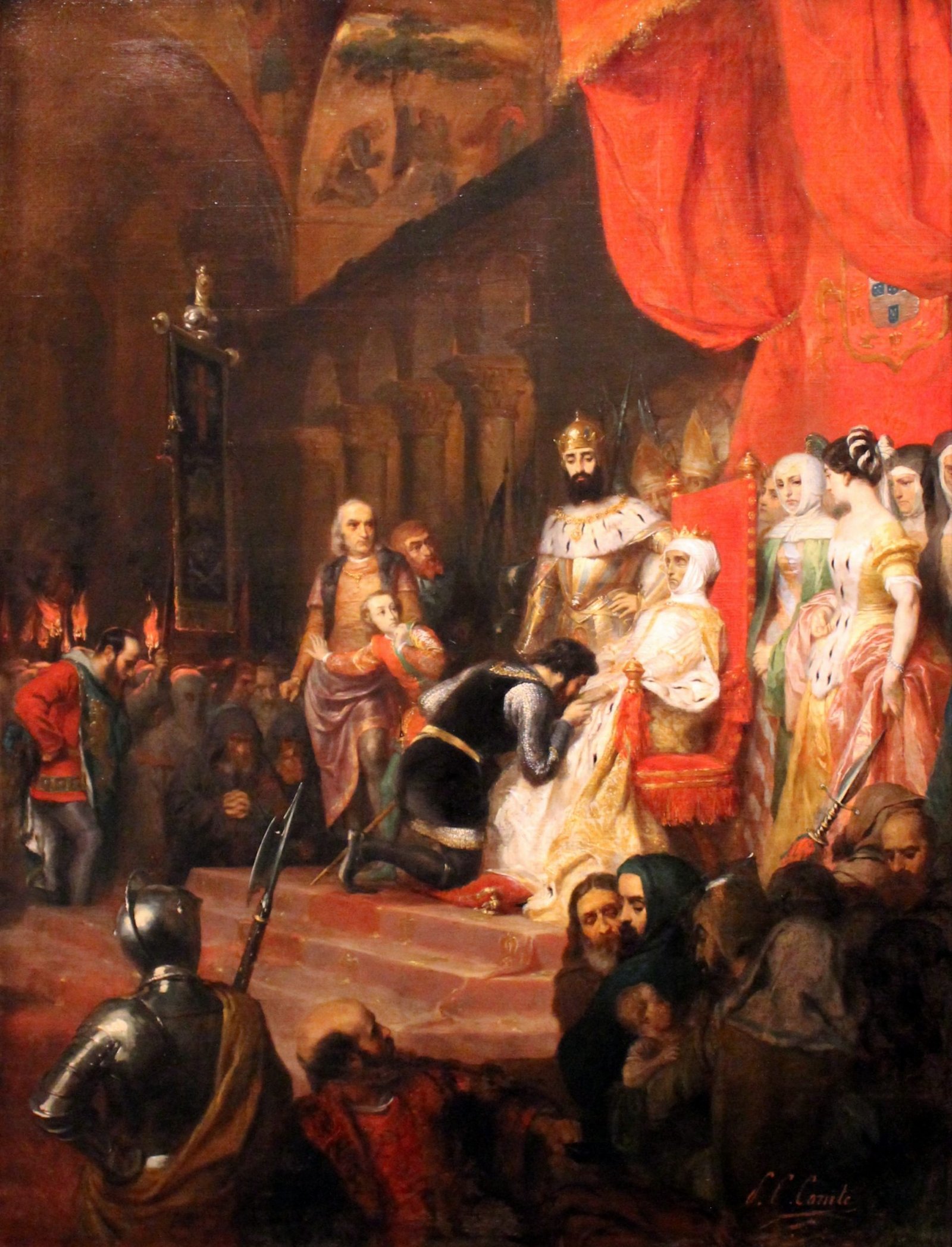
The marriage of a French prince to the niece of a Medici Pope in 1533 promised to be auspicious but soon went wrong. The death of the Pope only a year after he presided at the wedding devalued the marriage’s political purpose. And Catherine felt isolated in the French court, especially as Henry was more devoted to his mistress.
Catherine’s role was to produce heirs, and the couple had four sons. Henry died in 1559 following a horrific jousting accident – his opponent’s lance shattered and struck him in the face – and their eldest son reigned as Francis II before dying within a year. Catherine became regent when her 10-year-old son, Charles IX, became king and became the true power behind the throne.
Wielding power for decades, until her death in 1589, Catherine gained a reputation for ruthlessness in handling France’s religious conflicts.
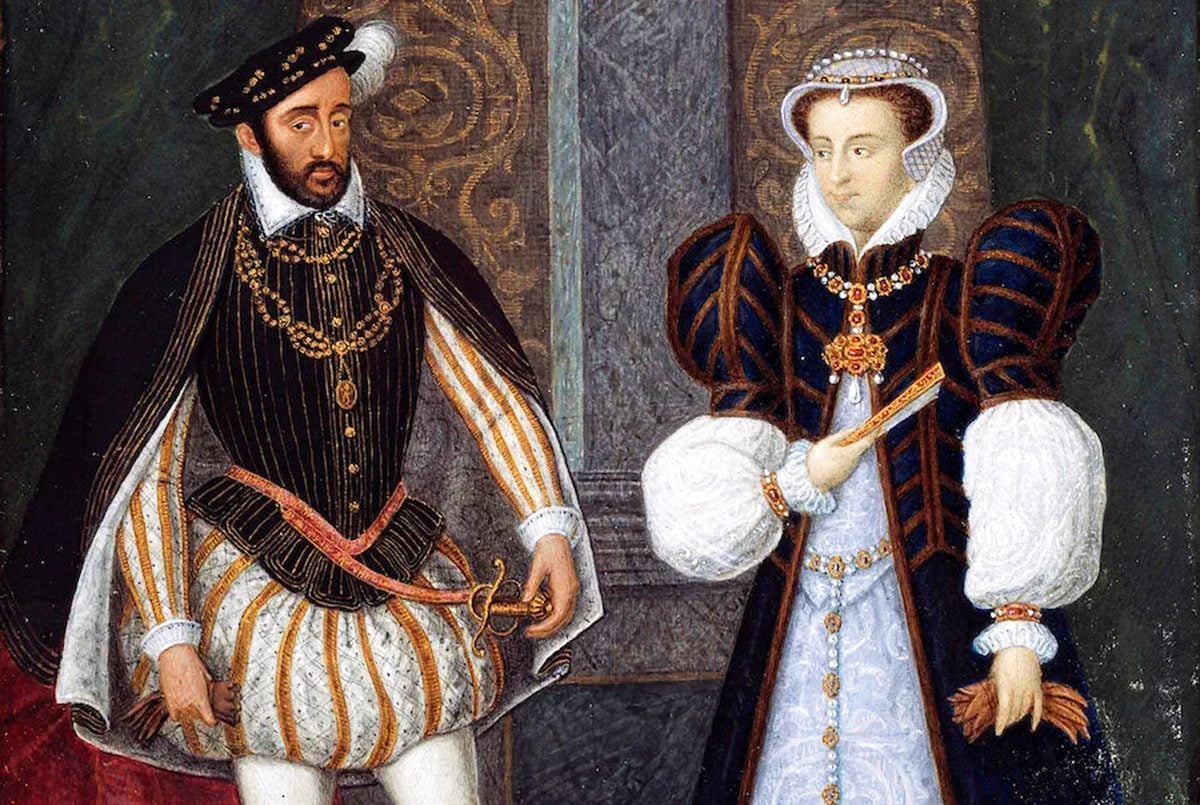
A Russian royal marriage was unsettled by the dangerously charismatic monk Rasputin before it ended before a Bolshevik firing squad. The union had started quite happily. The son of the Russian tsar met a princess of the German kingdom of Hesse at a royal wedding when he was 16 and she was 12. A heartfelt courtship began five years later.
The Tsar strongly believed Nicholas, as heir to the throne, should marry into a more important royal family. Even Alexandra’s grandmother, Britain’s Queen Victoria, disapproved. But when the Tsar fell ill, he relented and gave his approval before his death. The new Tsar and Alexandra were married in late 1894.
Happiness did not last. Rasputin influenced Alexandra, inspiring scandalous gossip. When Bolshevik revolutionaries targeted the family, an appeal to royal relatives in Britain brought no help. The Bolsheviks captured them, and executed Nicholas, Alexandra, and their five children in July 1918.
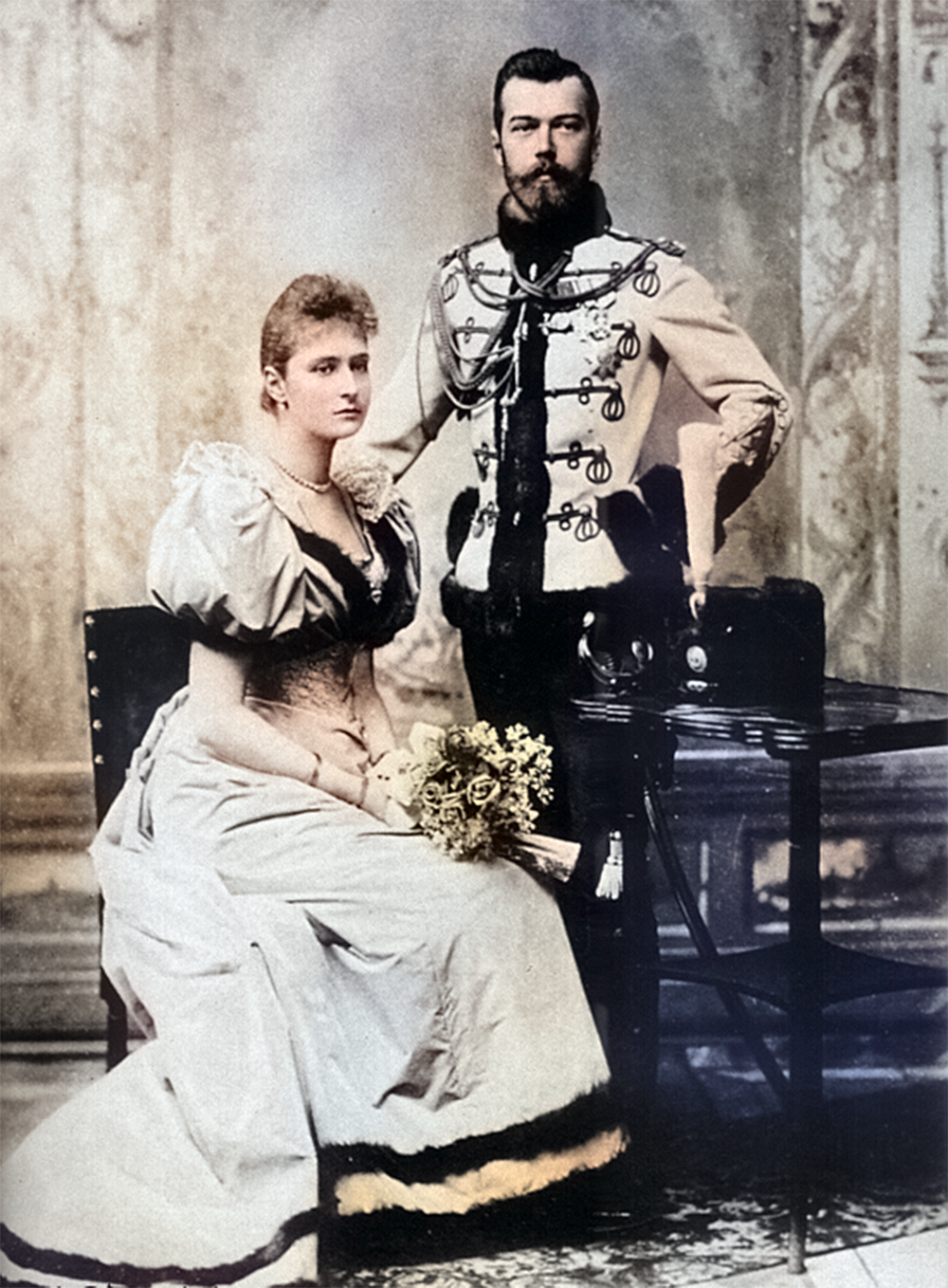
As you can see, the grandeur of royal weddings can go horrendously wrong, leading to treachery, conspiracies, secretive palace murders, and several public and very famous beheadings. Royal romance going off the rails in the modern era mostly just creates tabloid gossip, yet over the centuries failed marriages between kings and queens have changed the course of history.
